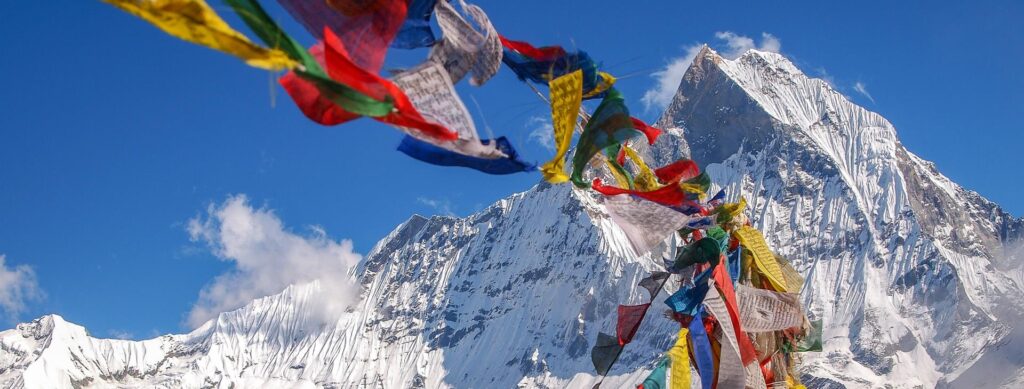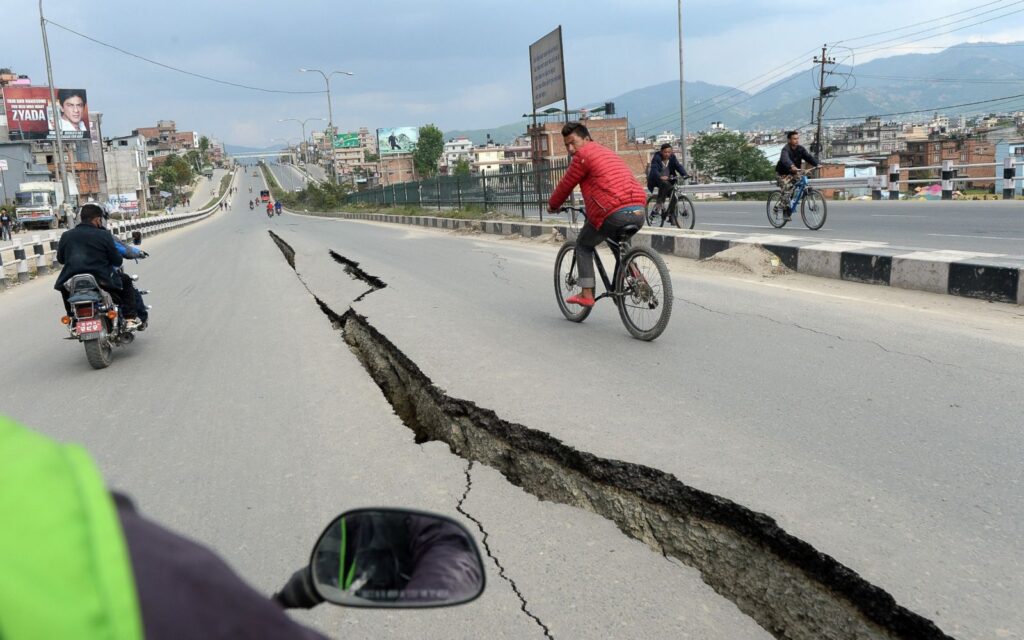Earthquake in Nepal Kills at Least 132
Nepal, a nation nestled in the heart of the Himalayas, has once again been struck by the devastating force of nature. On a fateful day, a powerful earthquake shook the region, leaving a trail of destruction in its wake. This natural disaster has claimed the lives of at least 132 people and caused widespread devastation, including the destruction of hundreds of homes.

The earthquake in Nepal serves as a stark reminder of the region’s vulnerability to seismic activity and highlights the urgent need for disaster preparedness and relief efforts.
The Earthquake and Its Impact
On Friday after 23:30, Nepal experienced a significant earthquake with a magnitude of 5.6, striking near the Jajarkot district. The tremors were felt across a wide area, causing panic and chaos among residents. The destruction caused by the earthquake was particularly severe in rural areas, where many homes are constructed from less durable materials and lack proper structural reinforcement.
The human toll of this disaster has been heartbreaking. As of now, the death toll stands at 132, and hundreds of people have been injured. Many more remain missing, as search and rescue operations are ongoing. The loss of life, along with the physical and emotional trauma inflicted on survivors, cannot be understated.
In addition to the loss of human life, the earthquake in Nepal has caused extensive damage to infrastructure, including the destruction of hundreds of homes. Countless buildings have collapsed, leaving families homeless and in desperate need of shelter. The destruction of roads and bridges has also hindered rescue and relief efforts in the affected areas.
Nepal’s Vulnerability to Earthquakes
Nepal is situated on the boundary of two massive tectonic plates, the Indian Plate and the Eurasian Plate. This geographic location makes the country highly susceptible to seismic activity, with earthquakes being a recurrent threat. In 2015, a devastating earthquake with a magnitude of 7.8 hit Nepal, causing widespread destruction and resulting in nearly 9,000 deaths. This latest earthquake serves as a harsh reminder of the region’s ongoing vulnerability and the need for continuous preparedness.

In the wake of this tragic event, the government of Nepal, along with various national and international organizations, has launched a massive relief effort. The immediate focus is on providing emergency assistance to the affected population, including medical care, shelter, food, and clean water.
Long-term efforts will include the reconstruction of homes, schools, and infrastructure to help affected communities rebuild their lives. The disaster has once again underscored the importance of earthquake-resistant building construction and urban planning, which can mitigate the impact of future earthquakes.
International Assistance and Solidarity
Nations around the world have expressed their solidarity with Nepal in this time of crisis. Aid and support are pouring in from various countries and international organizations. This collective effort is crucial in helping Nepal cope with the aftermath of the earthquake and alleviate the suffering of those affected.
The earthquake in Nepal that has claimed the lives of at least 132 people and destroyed hundreds of homes is a stark reminder of the country’s vulnerability to seismic activity. It highlights the urgent need for disaster preparedness, infrastructure resilience, and relief efforts to help affected communities recover and rebuild their lives. The people of Nepal, with the support of the international community, will undoubtedly rise above this adversity, displaying resilience and determination in the face of nature’s formidable forces.
